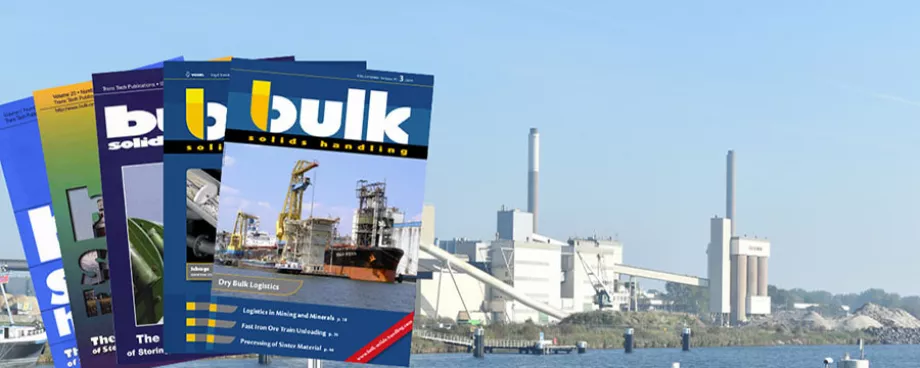More than one type of behavior can occur when differential fluid pressure is applied across a horizontal length of pipe containing a mass of granular particles. In some circumstances the particulate mass is set in motion as one or more plugs, each completely filling the cross-section of the pipe, and typically having clearly-defined interfaces at both ends. For many cases of this kind the pressure difference required to move a plug is directly proportional to the plug length. This behavior, known as plug flow or dense-phase flow, has been the subject of extensive experimental investigation at Imperial College of Science and Technology, University of London, and it was found by Wilson, Streat and Bantin [5] that the resulting data are in good accord with an analytic model developed at Queen's University at Kingston, Canada.
However, it sometimes happens that dense-phase flow does not occur, and instead the plug appears to jam in the line. This condition is nonlinear, with the pressure difference increasing with plug length at an increasing rate, and thus excessively large pressure differences may be required to clear the jam. More than twenty years ago Ede [2] studied this case and concluded that the pressure difference required to clear the blockage was related exponentially to the length of the plug. In the intervening years other attempts at analyzing this nonlinear case have been made, but it would appear that little real progress has been achieved either in the mathematical development or in distinguishing the physical mechanisms which would allow prediction of whether linear or nonlinear behavior can be expected in any specific instance.
■







